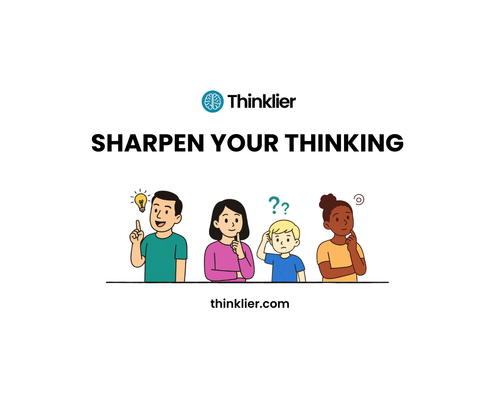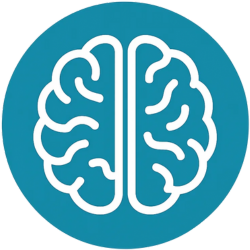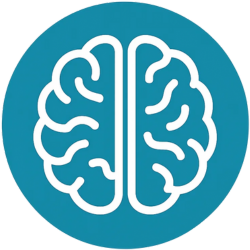The straw man fallacy isn’t just a logic error — it’s become a cultural habit.
You make a careful, reasonable point — about trade-offs in policy, about the need for nuance. Before you’ve even finished, your words are twisted into something cartoonish. “I think this approach has risks,” becomes, “You want people to die.” You raise a question and get branded a conspiracy theorist. You express caution and are told you’re dangerous.
This isn’t a misunderstanding. It’s a tactic.
What is the straw man fallacy?
The straw man fallacy replaces real argument with pantomime. Instead of addressing your actual point, it invents a weaker, distorted version — and attacks that instead. Why? Because it’s easier to defeat a position no one really holds.
At its core, the straw man is intellectual laziness — or worse, cowardice — disguised as conviction. It allows people to avoid engaging with complexity by knocking down made-up opponents. And in today’s attention economy, that’s rewarded. On social media, in politics, even in classrooms, dramatic oversimplification often gets more traction than honest inquiry.
But this constant distortion has a cost.
When every idea is met with bad-faith rebuttals, people stop speaking plainly. They hedge. They self-censor. They wrap clear thoughts in layers of disclaimers, just to avoid being misrepresented.
The problem isn’t clarity — it’s the culture that punishes it.
The antidote? Intellectual integrity
Clear thinking means refusing to argue with scarecrows. It means being willing to represent an opponent’s case in its strongest form — and then challenge it. This is how real progress happens: not through tribal posturing, but through honest engagement.
It’s harder. It takes effort. It doesn’t win points from the algorithm.
But it’s the only way out of the performance.
Quick Summary
The straw man fallacy is when someone distorts another person’s argument to make it easier to attack. It’s a common tactic in online debates, politics, and media — and it undermines honest conversation. This article explains how it works, why it’s so widespread today, and how to resist it.
FAQ: The Straw Man Fallacy
What is a straw man argument?
A straw man argument is a fallacy where someone misrepresents another person's position — often by exaggerating, simplifying, or twisting it — and then argues against that distorted version instead of the actual point.
Why is the straw man fallacy harmful?
It prevents genuine dialogue. Rather than engaging with an opponent’s real ideas, it creates a false version that’s easier to dismiss. This fuels division, misinformation, and intellectual laziness.
What are some examples of straw man arguments?
- "You think we should have fewer cars in cities? So you want to ban all driving."
- "She said schools need reform — so I guess she hates teachers."
- "He questioned a policy, so clearly he doesn’t care about safety."
How do I avoid making straw man arguments?
Practice steelmanning: summarise your opponent’s view in a way they would agree with, before critiquing it. Ask clarifying questions. Slow down and aim for understanding, not just rebuttal.
Further reading
The Righteous Mind: Why Good People Are Divided by Politics and Religion
by Jonathan Haidt
A powerful look at why people see the world so differently — and how understanding others’ moral foundations can help avoid straw-manning and culture war tribalism.
How to Have Impossible Conversations
by Peter Boghossian and James Lindsay
A practical guide to real dialogue, especially when you disagree — grounded in techniques that resist the urge to oversimplify or attack straw men.
A Rulebook for Arguments
by Anthony Weston
Short, clear, and highly readable — this classic handbook breaks down dozens of argument forms and fallacies, with a strong emphasis on clarity and charity.
Kindly Inquisitors: The New Attacks on Free Thought
by Jonathan Rauch
An essential defence of open debate and good-faith reasoning in an age of outrage. Brilliant on how bad arguments — including straw men — undermine liberal inquiry.
Enjoyed this? Go deeper with our free Thinking Toolkit
A 10-part course to help you think more clearly, spot bad arguments, and build habits for sharper reasoning.

You might also like...







